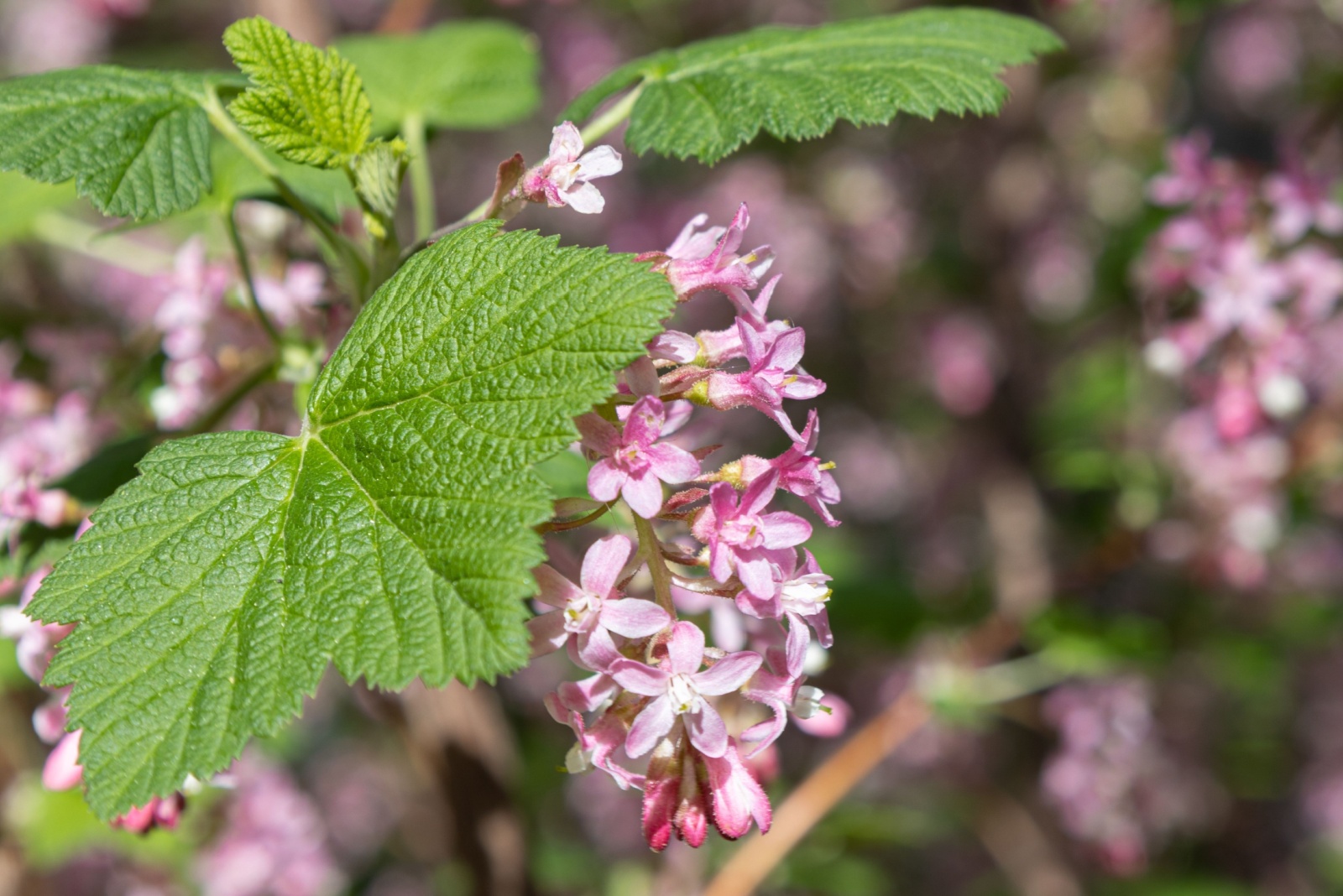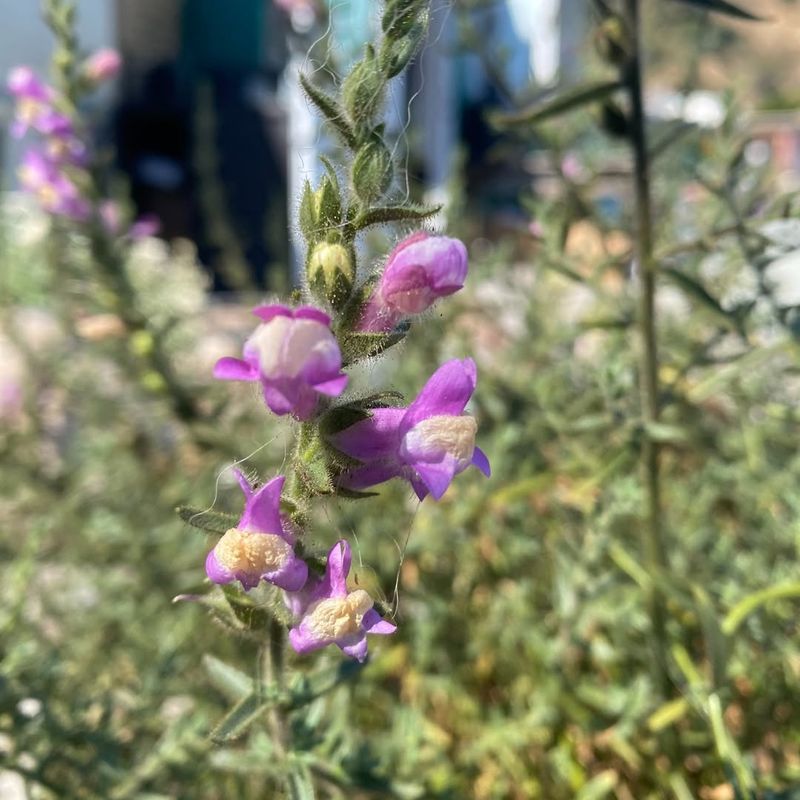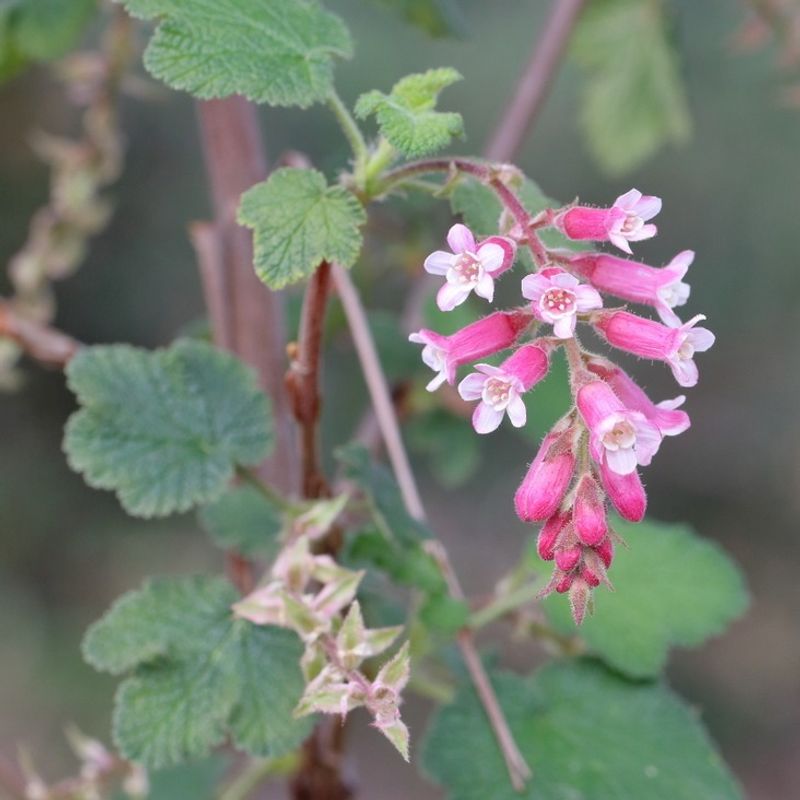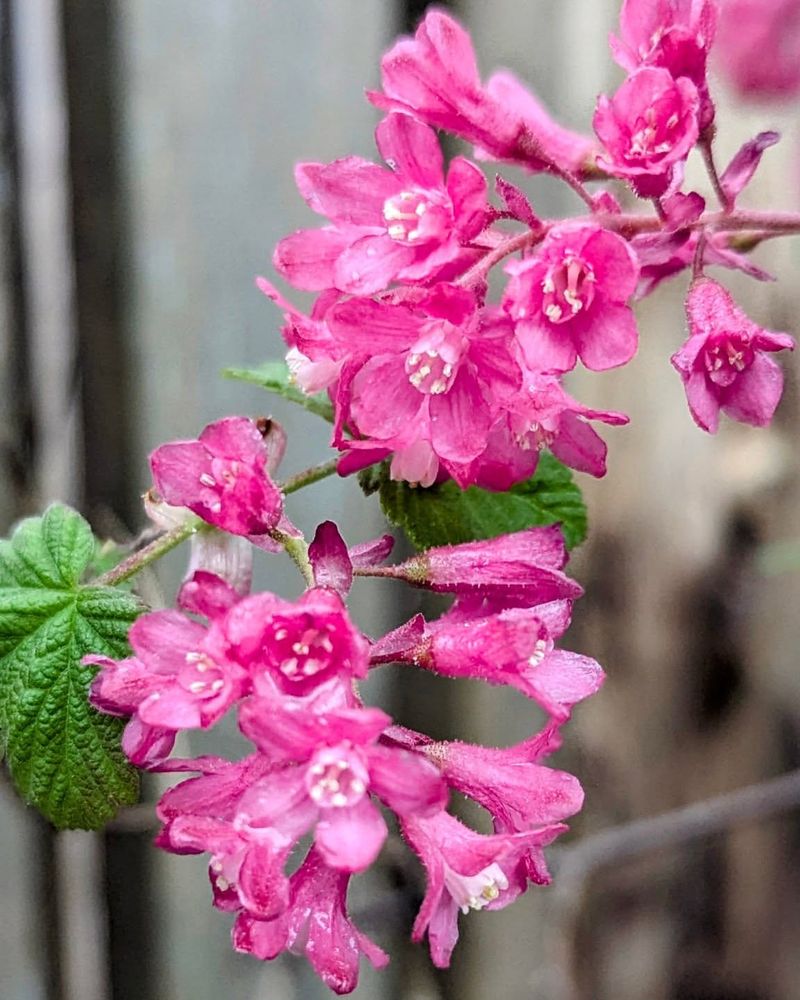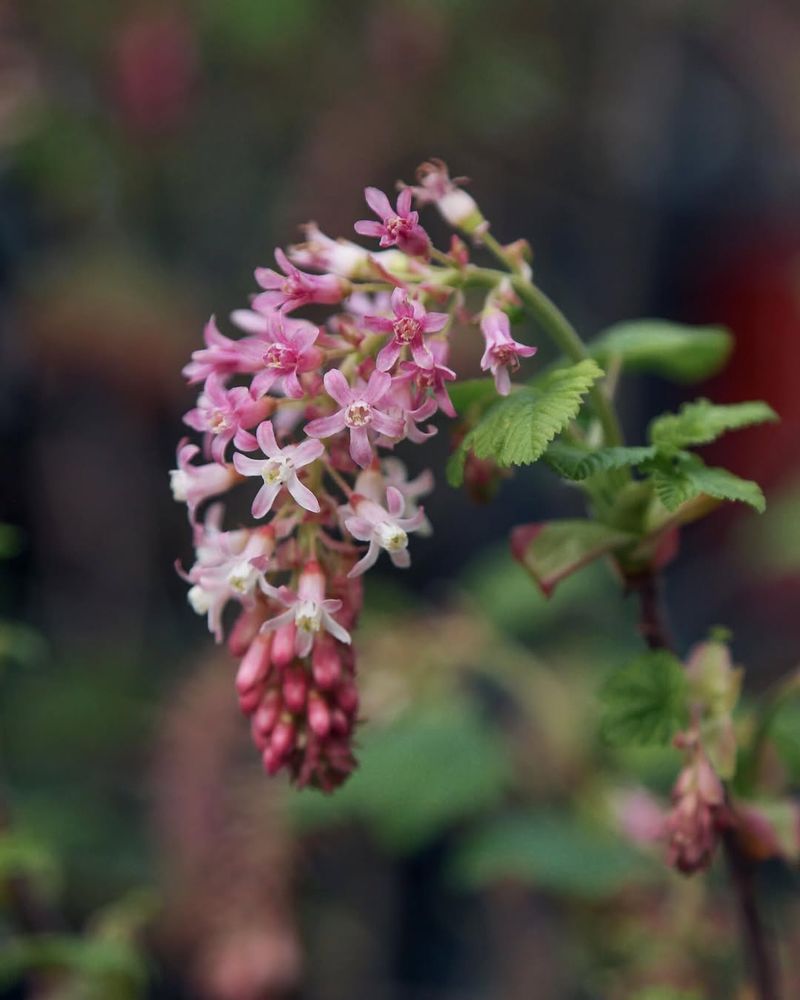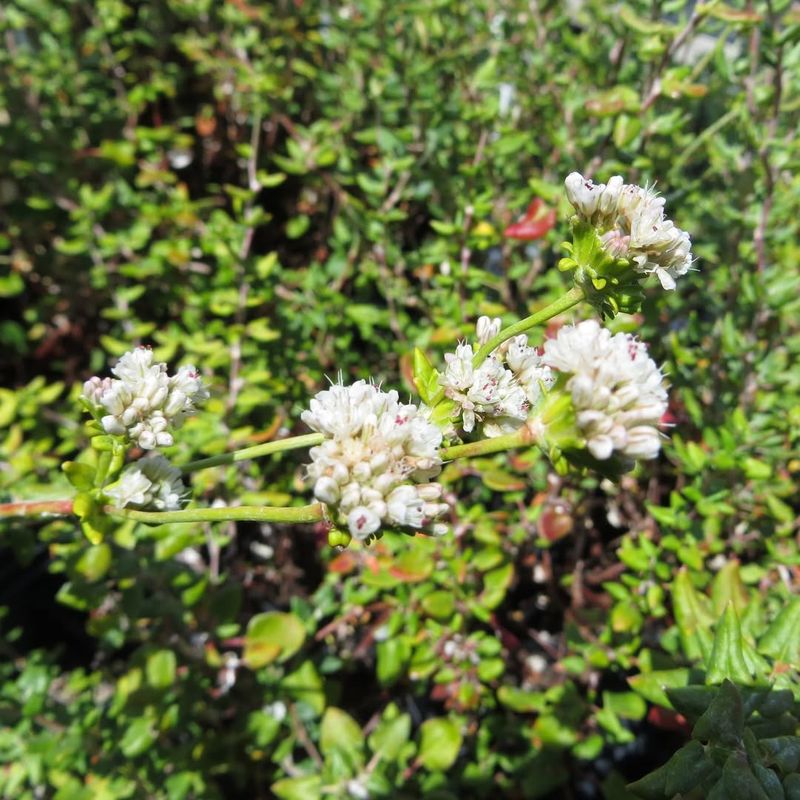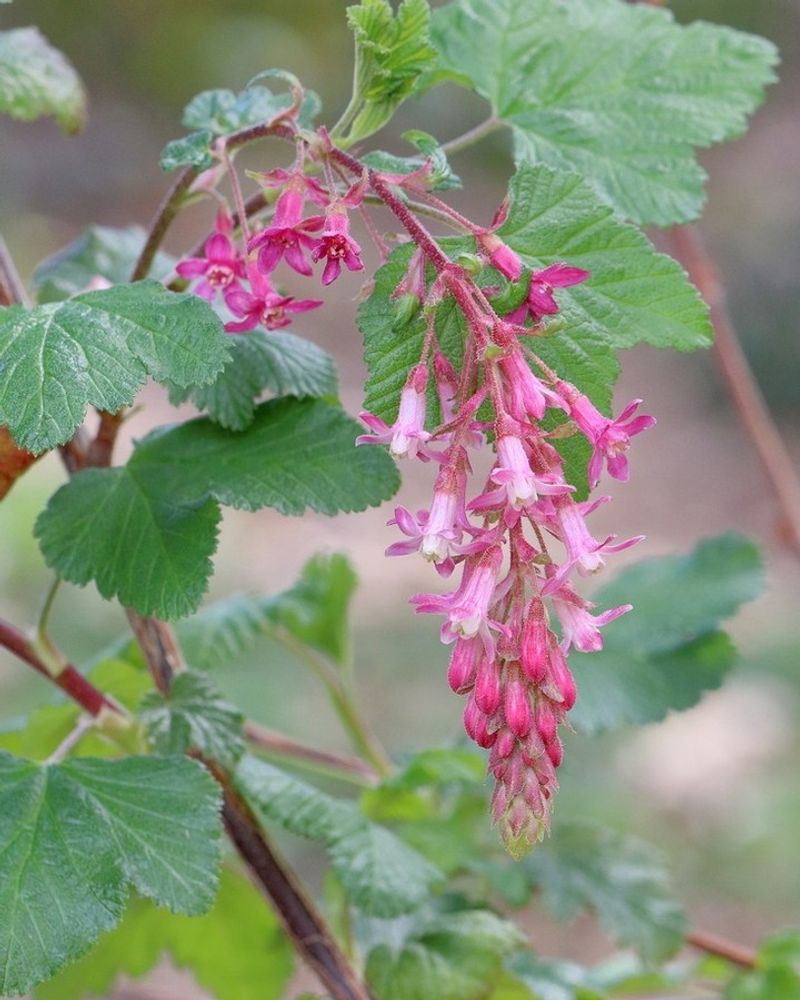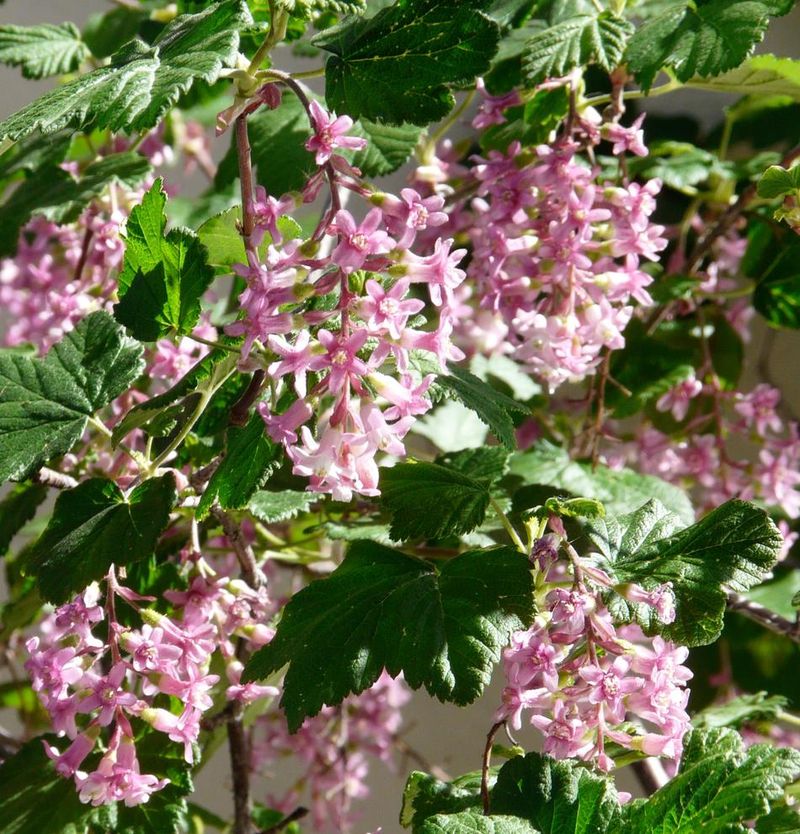California gardeners know the struggle—finding a plant that’s beautiful, tough, and good for wildlife isn’t always easy. But the pink-flowering currant delivers on all fronts. This native shrub lights up the garden each spring with vibrant blooms.
It’s low-maintenance and drought-tolerant, making it perfect for busy or beginner gardeners. I’ve seen how it draws in hummingbirds and pollinators while thriving in tough conditions. No wonder it’s a favorite across the Golden State.
1. Hummingbirds Can’t Resist Those Tubular Blooms
Watch your garden come alive when those rosy-pink flower clusters appear between February and May. Hummingbirds zoom in from all directions, drawn to the nectar-rich tubes that dangle in graceful bunches.
In California, where Anna’s hummingbirds stick around year-round, this shrub becomes a critical early-season fuel station.
The blooms arrive when many other plants are still dormant, giving these tiny fliers exactly what they need. Plant one near a window and you’ll enjoy front-row seats to nature’s aerial acrobatics all spring long.
2. Drought Tolerance That Actually Works
Once established, this shrub laughs in the face of California’s dry summers. Deep roots tap into moisture that shallow-rooted plants can’t reach, meaning you’ll water far less often than with thirsty ornamentals.
After the first year or two, many gardeners find they can skip summer irrigation entirely if they’ve planted in partial shade.
The leaves might drop a bit early during extreme heat, but the plant bounces back beautifully when cooler weather returns. Your water bill will thank you.
3. Native Status Means Zero Fuss
Because Ribes sanguineum evolved right here on the West Coast, it already knows how to handle local soil, pests, and weather patterns.
You won’t need to fuss with special fertilizers or constant pruning to keep it happy. California’s native insects and birds have centuries-old relationships with this plant, so it fits seamlessly into the local ecosystem.
Diseases that plague imported shrubs rarely bother this tough customer. Plant it, give it some water the first season, then step back and let it do its thing.
4. Gorgeous Foliage Even After Flowers Fade
Those maple-shaped leaves bring texture and interest long after the last pink bloom has dropped. The foliage emerges bright green in spring, then deepens as summer progresses, creating a pleasant backdrop for whatever else you’ve planted nearby.
In California’s coastal areas, the leaves often stay attractive through fall before dropping for winter dormancy.
Each leaf has three to five distinct lobes with serrated edges that catch the light beautifully. Some gardeners appreciate the subtle fragrance the foliage releases when brushed against.
5. Perfect Size For Small Yards
Maxing out around six to eight feet tall and wide, this shrub won’t swallow your entire yard or block windows like some fast-growing monsters do. The rounded shape looks intentional without constant shearing or shaping on your part.
Many California homeowners tuck one beside a patio or along a fence line where it provides screening without overwhelming the space.
Unlike massive oleanders or photinias, you can actually reach the center for occasional maintenance. It’s just the right scale for modern suburban lots.
6. Berries Feed Birds Through Summer
After pollination, those pretty flowers transform into clusters of blue-black berries that ripen by midsummer. Robins, towhees, and waxwings descend to feast on the fruit, spreading seeds and adding life to your garden.
While the berries are technically edible for humans, most California gardeners leave them for wildlife since they’re quite tart and seedy. The birds don’t mind one bit.
Watching the feeding frenzy is entertainment enough, and you’ll know you’re supporting local bird populations when natural food sources get scarce.
7. Adaptable To Sun Or Shade
Whether your yard bakes in full sun or sits in the dappled shadow of oak trees, this shrub adjusts accordingly. Full sun locations produce the most abundant blooms, but the plant still flowers nicely with just four hours of direct light.
In California’s hotter inland valleys, afternoon shade actually helps the foliage look better through summer. Coastal gardeners can plant in full sun without worry.
This flexibility makes it incredibly easy to find the perfect spot, even in challenging yards with mixed light conditions.

